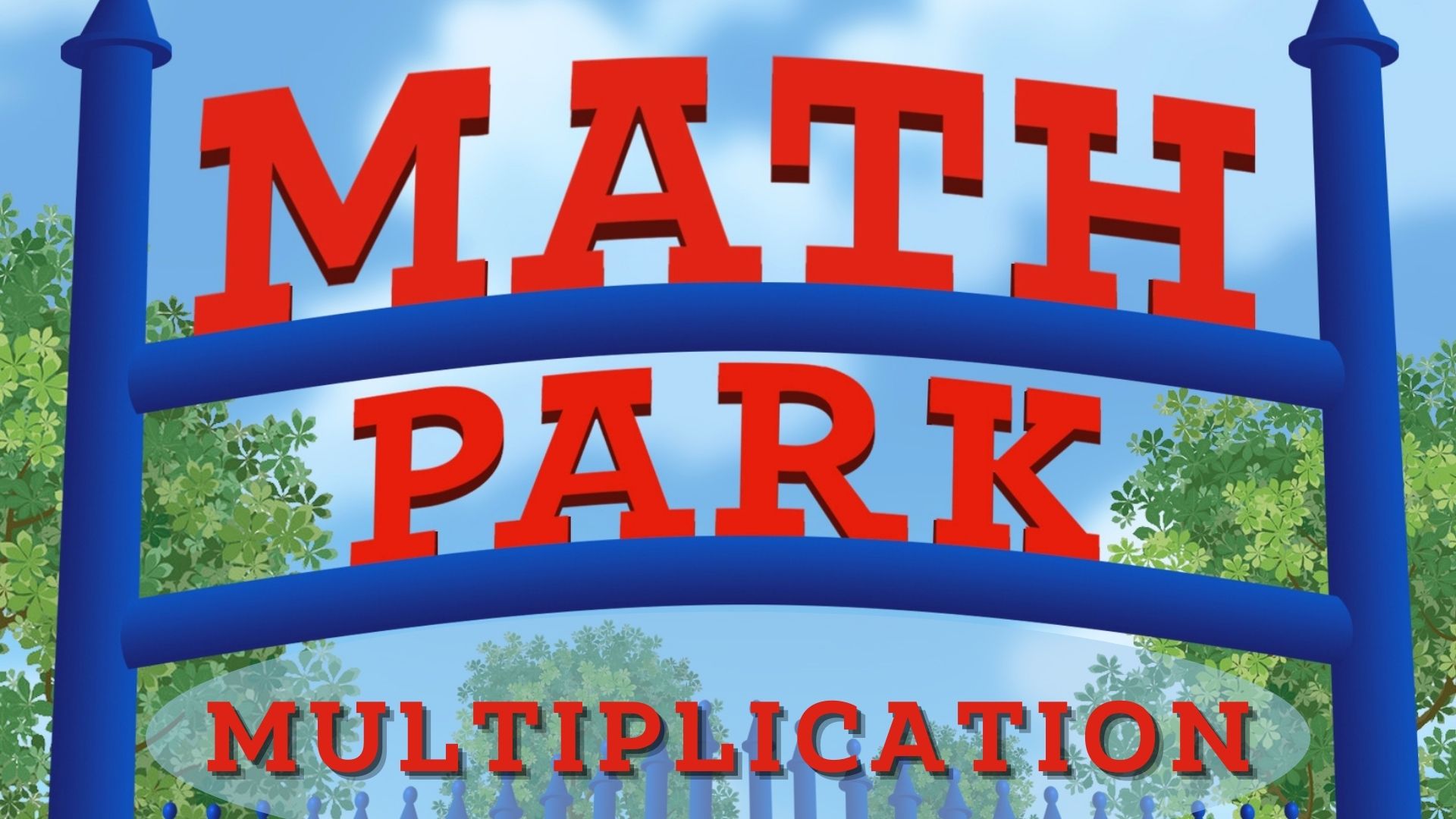Interpret products of whole numbers, e.g., interpret 5 × 7 as the total number of objects in 5 groups of 7 objects each. For example, describe a context in which a total number of objects can be expressed as 5 × 7.
Standard Type
Michigan State Math StandardsRelated Lessons

Multiplying By 9 Strategies And Practice
Explore the Multiply by 9 facts by recognizing there is only one new fact: 9 x 9. Compete against characters to see who finds the product first. Play games and use your fingers to practice multiplying. Use multiplication facts you already know to help find the product when one factor is 9.

Multiplying By 8 Strategies And Practice
Explore the Multiply by 8 facts using the grouping of objects and arrays. Compete against characters to see who finds the product first. Practice with the commutative property of multiplication and 8's. Use multiplication facts you already know to help find the product when one factor is 8.

Multiplying By 7 Strategies And Practice
Explore the Multiply by 7 facts using the grouping of objects and arrays. Compete against characters to see who finds the product first. Practice with the commutative property of multiplication and 7's. Use multiplication facts you already know to help find the product when one factor is 7.

Multiplying By 6 Strategies And Practice
Explore the Multiply by 6 facts using the grouping of objects and arrays. Compete against characters to see who finds the product first. Practice with the commutative property of multiplication and 6's. Use multiplication facts you already know to help find the product when one factor is 6.

Multiplying By 4 Strategies And Practice
Explore the Multiply by 4 facts using the grouping of objects and arrays. Compete against characters to see who finds the product first. Practice with the commutative property of multiplication and 4's. Use multiplication facts you already know to help find the product when one factor is 4.
